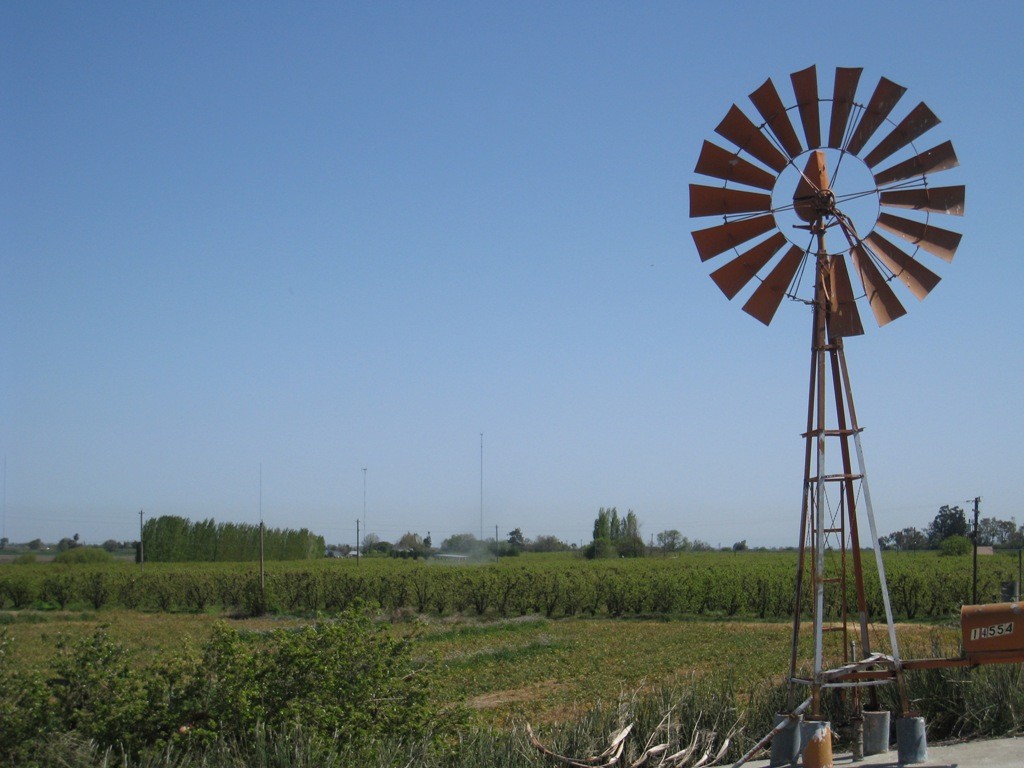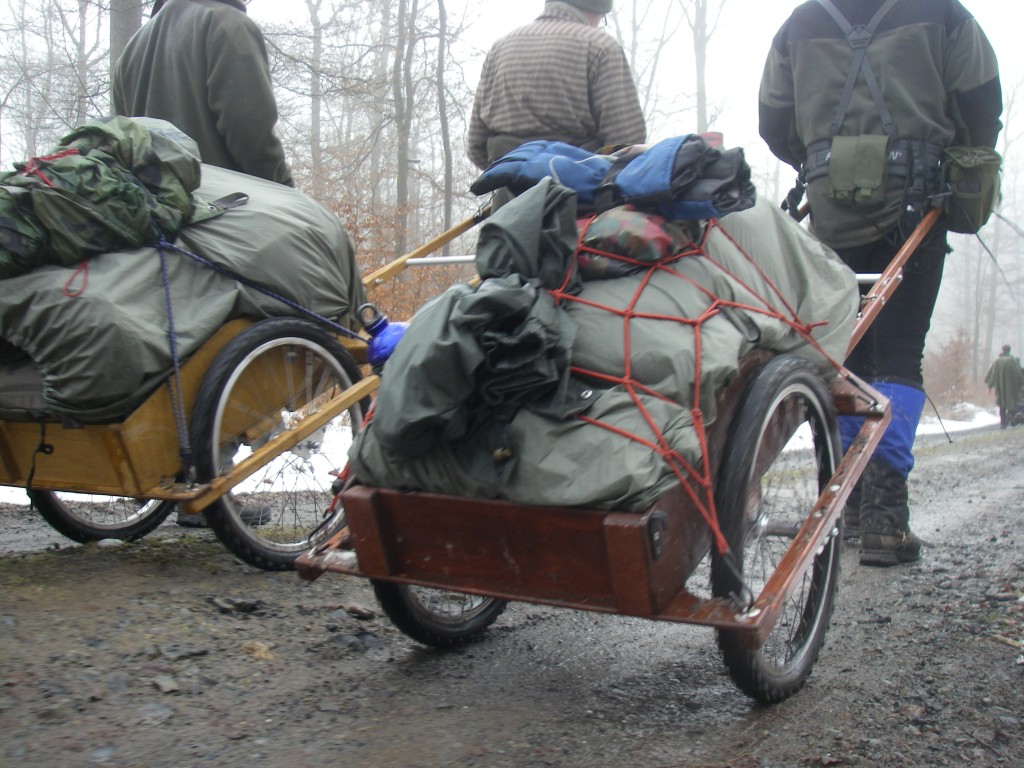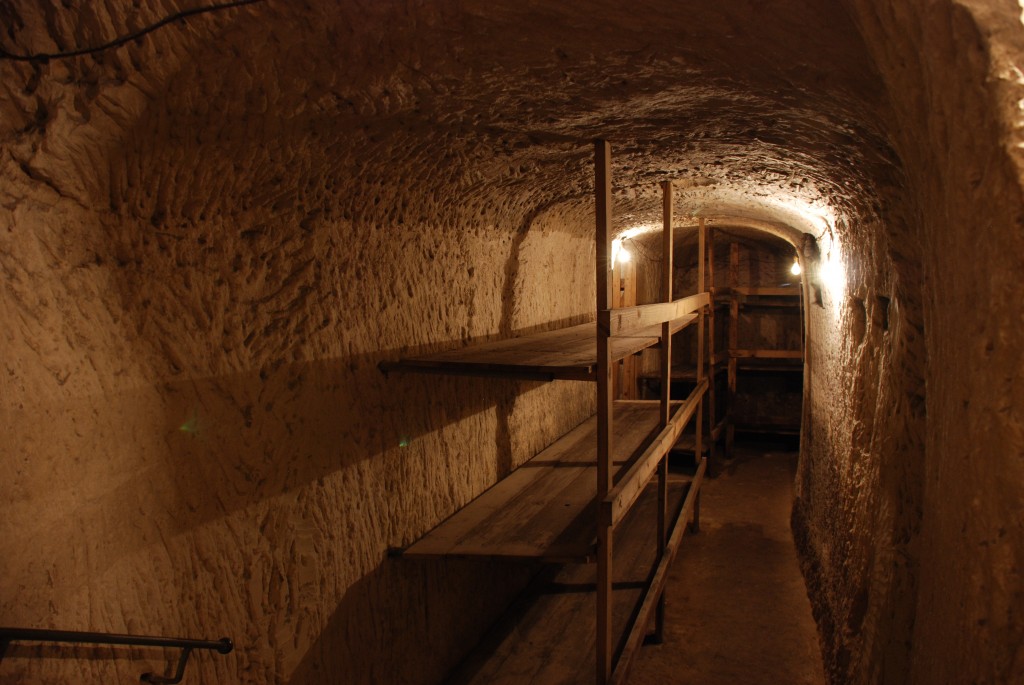originally posted by Carmela Tyrell, Survivorpedia.com
Building a survival farm is not easy. But it sure is rewarding, I’ll tell you that.
For those who choose to build a survival farm, it is very important to realize that it may not look or operate precisely like a conventional family farm. Here are 14 tips you will need to take into consideration and some ideas about what things may be of most use to you.
Unfortunately, inflation and decreasing monetary values make it very hard to give accurate cost estimates. When in doubt, shop around and look for as many ways to improvise using DIY methods.
1. Land Requirements
It goes without saying that you will need land to put a house on, grow food, store valuable items, and set up a perimeter defense. Some experts claim that you can have a survival farm on as little as two acres, while other estimates go as high as 200 acres or more.

A great deal will depend on the condition of the land, weather phenomena in the area, and what you plan to do with the land. For example, if you are determined to have a full sized herd of cattle that will not become inbred after just a few generations, it will require far more land than doing the same thing with goats or chickens.
My own personal plans for a complete survival farm requires approximately 15 acres for prime wooded land to about 25 acres of desert land.
Aside from land, here a number of things that need to be built, stored, or developed in order to make the farm self-sufficient in a wide range of scenarios.
2. Powering Your Farm
Use solar, wind, magnetic, water, and earth based power generation technologies. It is best not to rely on conventional solar panels because they take up a lot of space, cost a lot of money, are easy to spot, wear out very quickly, and can be very difficult to repair. Instead, create your own heat multipliers and use them to generate steam for turbines, or heat that can drive a stirling engine.
In a similar way, rather than use conventional blades for a wind turbine, try experimenting with shell designs that spin faster and also concentrate air that can be used for air pressure tools and other applications.
3. Keeping the Farm Secure
Other than keeping a good supply of guns, ammo, and other weapons, it is also important to have a multi-level perimeter defense.
This includes invisible fences, rings of poison ivy/oak around the property, traps, and other ways to make it extremely difficult for others to reach you by way of land or water.
With regard to actual living space, it is best to have small cleared areas that are hard to see or recognize by air.
Since drones and other newer technologies can also detect heat signatures, building or carrying out various operations underground may also be of immense help.
4. Air Quality
Volcanic eruptions, poison gas, pollution, and germs can all make air unfit to breathe. Your survival farm should have air-tight rooms that are large enough to house all your animals and family members. It is also very important to have air filtration and oxygen generation systems on hand. Since modern air filters are usually disposable, this is the perfect place to develop your own equipment.
For example, something as simple as a UV light can be used to kill off air borne pathogens. You can also create other types of filters to remove particles and chemicals.
5. Water Quality
It goes without saying that water quality is going to deteriorate even in remote regions once a global crisis occurs. You should know how to make and use bone char and charcoal so that you can filter out heavy metals and other contaminants. It is also important to be able to boil large quantities of water to get rid of pathogens.
6. Raising Food
Aquaponics can fulfill all your dietary needs as long as you choose the right plants and can keep a large enough stock of fish on hand. Even if you are not going to rely on this system, you should keep necessary equipment, seeds, and fish available as a backup in case you cannot farm the land or other problems prevent you from raising food out in the open.
If you are going to raise animals for survival needs, make sure you select heritage breeds, and then find out how many distinct blood lines you will need in order to prevent inbreeding. Unfortunately, there are thousands of “survival farmers” out there that only have one or two cows, and think they are self-sufficient. Once the cows die off, they may not be able to buy new ones, and worse yet, relying on frozen semen for reproduction will fail miserably once there are no other farmers to buy it from.
7. Health, Wellness and the Next Generation
While storing medications and supplies may have some benefit in the short term, eventually they will expire or become useless. You will be better served by raising medicinal herbs, and also learning how to make various medications in the field. It is also very important to keep metal working, bacteria culture equipment, and sterilization equipment on hand. Before a crisis hits, you can learn how to make various implements and also how to use them.
Many families looking to live in a survival farm know that they are interested in preserving life for the next generation. That being said, who will the children marry when they come of age? If you do not include multiple families with widely divergent blood lines, all of your hard work will be lost.
Contrary to popular belief, true survival for ourselves and our species does not depend on looking inward, it also depends on looking outward to others.
8. Transportation
Old style automobile engines, rickshaws, animal pulled carts, and pulley systems are all resistant to EMP attacks. You may also want to experiment with electric motor based systems that can run on solar and wind power.
9. Communications
Your survival farm should include the ability to transmit and receive AM/FM, CB, Morse Code, and Ham signals. Make sure that none of your equipment relies on integrated circuits, transistors, or other equipment that can be jammed by radars or EMP attacks.
10. Temperature
Each building on the farm should be designed in a way that uses passive solar heating and underground cooling for temperature control.
11. Clothing
Cotton, hemp, and other plants should be available for clothing and other fabric/rope based needs. If you are going to raise animals, tanned skins can also be used for clothing.
12. Sanitation
No survival farm would be complete without having a safe way to get rid of human waste, dead bodies, and anything else that might spread disease. You can use compost piles, cesspools, and other systems for waste management. Just make sure that you do not contaminate water and food growing areas with raw sewage or its derivatives.
13. Spiritual Needs and Burials
Land that is not suitable for growing food or other activities can be set aside for a cemetery, church, or other
14. Underground Living
Everything that you design for above ground living should be duplicated and functional at least 30 feet beneath the surface of the Earth. No matter whether you are dealing with a nuclear attack or need to hide out from drones, this is about the only way you will be able to succeed for long periods of time.
As you can see, building a survival farm is very different from what you might expect. In today’s world, there are many complex ways to harm other people and prevent them from surviving.
So, if you are committed to putting in the extra time and work, there are also many ways to foil the plans of those who want to be the last person on Earth or have other sick ideas in their head about ruling over everyone.







